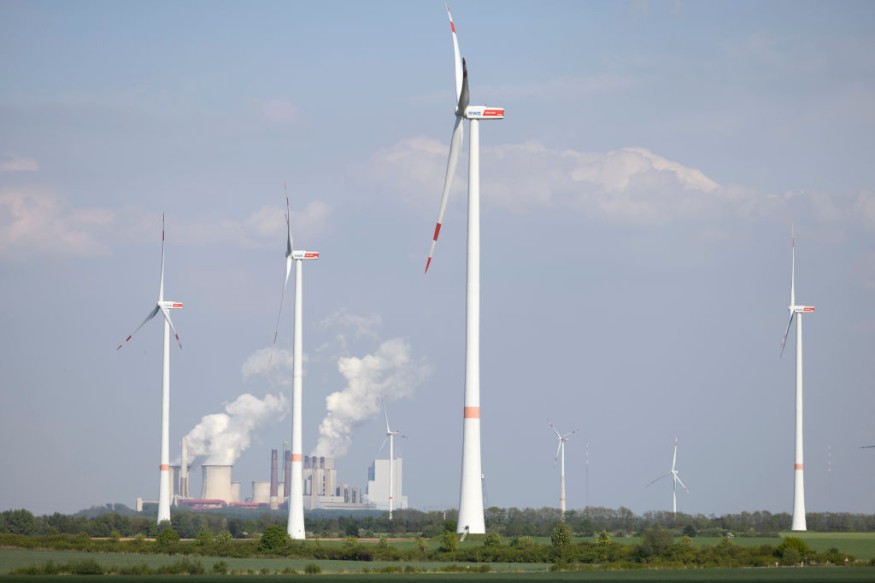The arctic town of Qaanaaq, Greenland, is planning to incorporate renewable energy to save the lives of some of its financially-stricken residents, who were gripped by the burdens to pay for fossil fuels required to heat and power their homes.
Qaanaaq, the country's northernmost human settlement, has also been affected by the environmental repercussions of climate change.
In light of the potential establishment of renewable energy in the town, residents can use natural processes to fight nature once and for all.
Quest for Renewable Energy

A Greenland hunter named, Toku Oshima, traveled from Qaanaaq to attend a climate conference in the municipality of Ilulissat, situated 621 miles (1,000 kilometers), to the south of Greenland, according to a news article posted on Nature.com.
Oshima reportedly wanted to bring the quest for renewable energy to the town by discussing how Earth's rapid climate change is threatening "traditional ways of life" in the North American island nation.
Located between the Arctic and the Atlantic Ocean, the hunter claims the climatic and environmental impacts of climate change have affected indigenous methods of fishing and hunting.
However, the most crucial point that Oshima reportedly came for was to tackle energy security in her town.
Energy Security
Over the years, many of the town's inhabitants have resorted to migration to reportedly escape the financial and mental depression from the deteriorating energy security in the town.
Anecdotal evidence also shows that some hunters in the town are unable to feed their sled dogs, as cited by Nature.com.
During the 2015 conference, Oshima's concern was raised to Mary Albert, a snow physicist at Dartmouth University in New Hampshire.
Albert expressed that there are possibilities to cut energy costs in Qaanaaq.
These measures include utilizing the power of renewable energy, which the scientist also purportedly showed a picture of her home attached with solar panels.
A Glimpse of Hope
Over the years after Oshima and Albert's encounter, the snow physicist has sent students from Dartmouth to conduct various projects, including the design of energy-efficient homes and testing of the Qaanaaq's solar energy capability.
In May, Albert has been reported to be heading towards the town to test novel solar and wind devices, which can relatively warm and heat up homes there.
Climate Change and Energy Crisis
In July 2021, the government of Greenland stated that the future of the country does not reside in the oil industry, but rather, belongs to renewable energy, which the island nation has much more to gain, as cited by Euronews.
The statement pertains to the government's decision last year to seriously tackle climate change and deviate from all oil exploration, despite the country's potential large vast of oil and mineral waiting to be revealed by retreating ice due to global warming.
According to the United States Geological Survey (USGS), Greenland has an estimated 17.5 billion untapped or undiscovered barrels of oil and 148 trillion cubic feet of natural gas off its shores, as cited by the global environmental think tank Earth.org.
© 2025 NatureWorldNews.com All rights reserved. Do not reproduce without permission.





